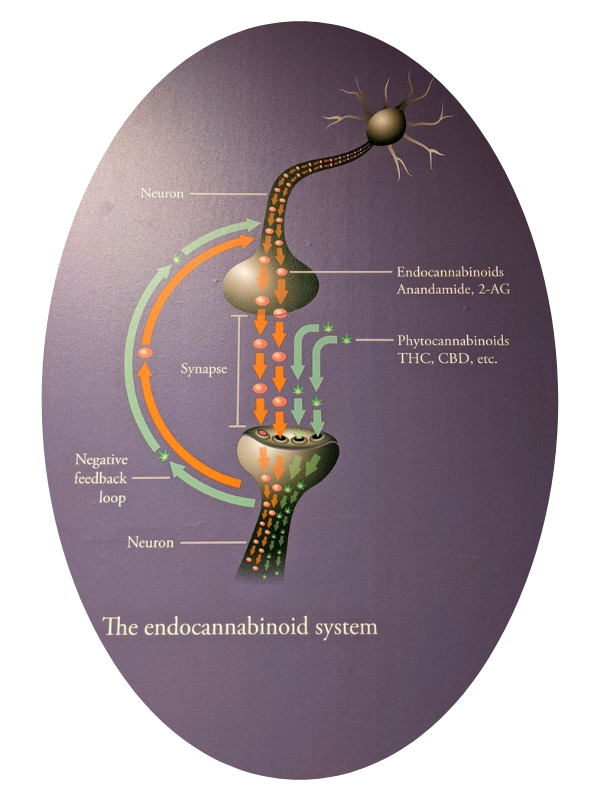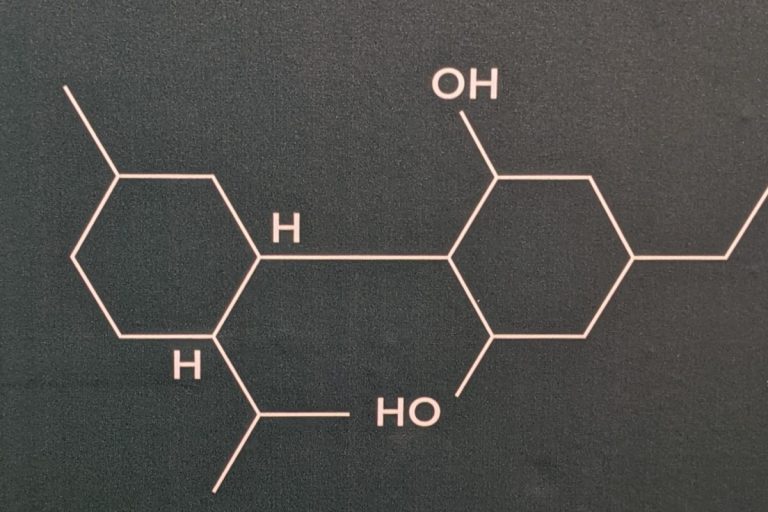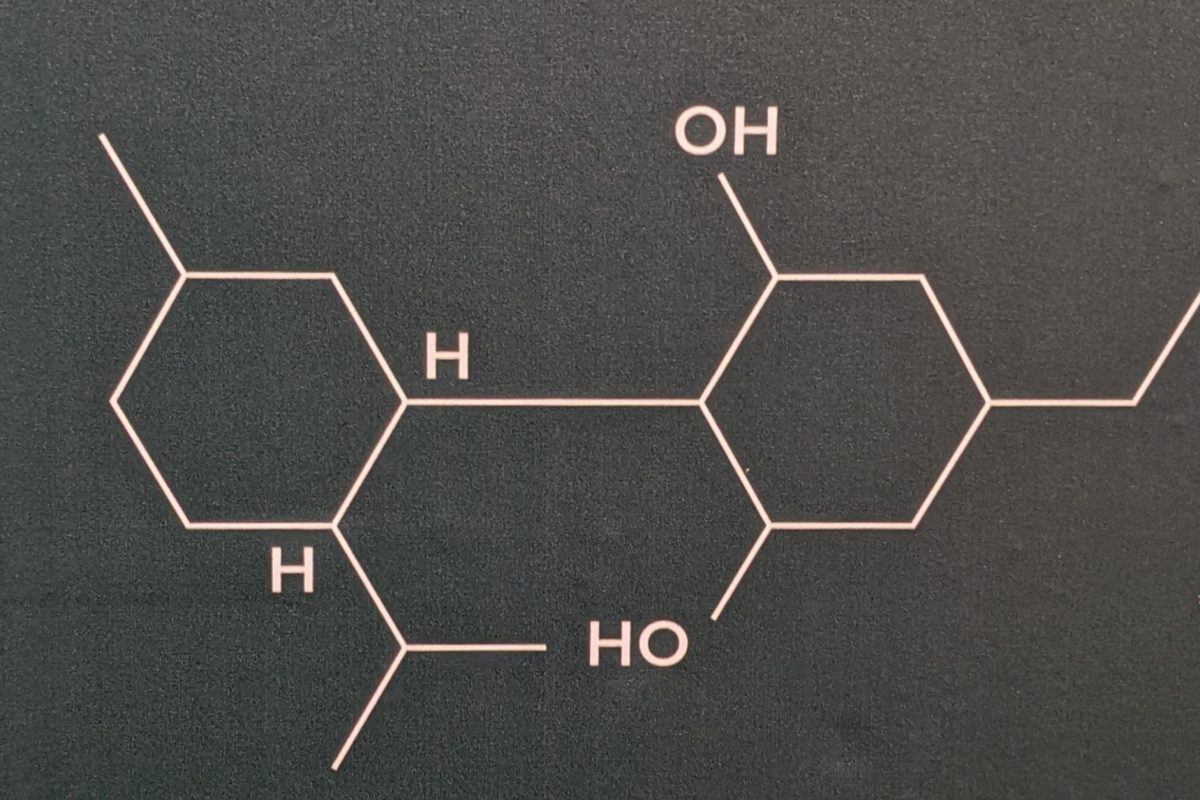Immune system - 1: What is the endocannabinoid system
In the first part of this series, we explain how our immune system and the compounds in hemp are related.
The endocannabinoid system (ECS) is a biological system composed of endocannabinoids, which are endogenous lipid-based retrograde neurotransmitters that bind to cannabinoid receptors, and cannabinoid receptor proteins that are expressed throughout the mammalian central nervous system (including the brain)

The endocannabinoid system is a network of receptors and neurotransmitters that helps to regulate many of the body’s functions. This system is involved in a variety of processes, including pain perception, appetite, mood, and memory.
The endocannabinoid system gets its name from the cannabis plant. Cannabis contains a number of compounds known as cannabinoids, which interact with the endocannabinoid system. The most well-known cannabinoid is tetrahydrocannabinol (THC), which is responsible for the psychoactive effects of cannabis.
While THC can be beneficial for some medical conditions, it is not always desirable or safe. For this reason, many people are interested in cannabinoids that do not have psychoactive effects, such as cannabidiol (CBD).
Research on the endocannabinoid system is still in its early stages, but it has the potential to revolutionize our understanding of human health and disease.
The different types of endocannabinoids
There are three different types of endocannabinoids: anandamide, 2-AG, and noladin ether. Anandamide is the most abundant endocannabinoid found in the body. 2-AG is present in higher levels in the brain than anandamide. Noladin ether is found in very small amounts in the body.
How endocannabinoids are made?
The endocannabinoid system is a collection of receptors and enzymes that work together to maintain homeostasis in the body. Endocannabinoids are molecules that bind to these receptors and activate them. Enzymes then break down the endocannabinoids after they have done their job.
The two main types of receptors in the endocannabinoid system are cannabinoid receptor 1 (CB1) and cannabinoid receptor 2 (CB2). CB1 receptors are found throughout the body, but are most abundant in the brain and central nervous system. CB2 receptors are found mostly in the immune system.
Endocannabinoids are made from fatty acids. These fatty acids are broken down into arachidonic acid and eicosapentaenoic acid, which are then used to make anandamide and 2-AG. Anandamide is responsible for the psychoactive effects of cannabis, while 2-AG is responsible for the majority of the medical benefits associated with cannabis.
That is a whole lot of information on the immune system. We will continue more on the endocannabinoid system in the next article in this series.










